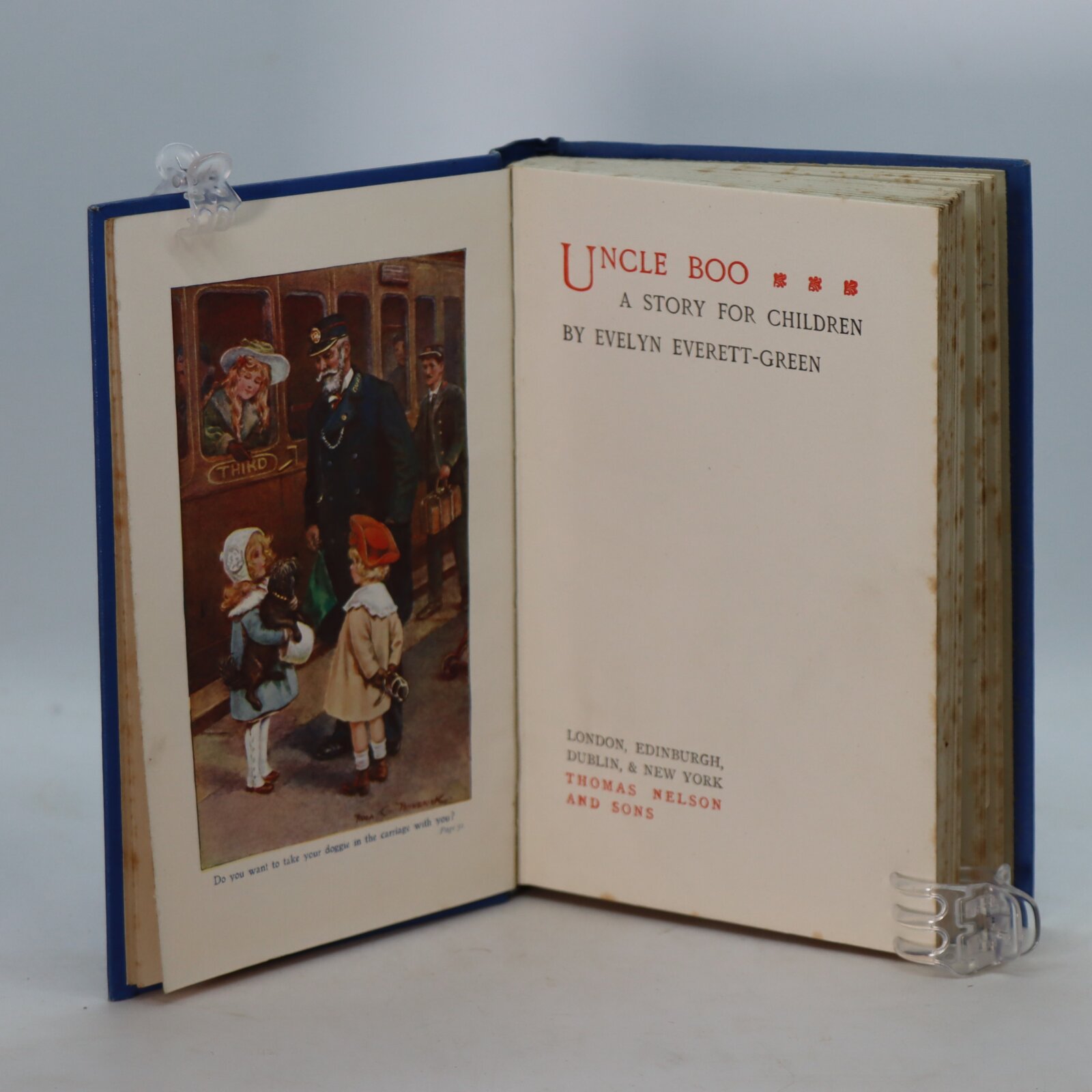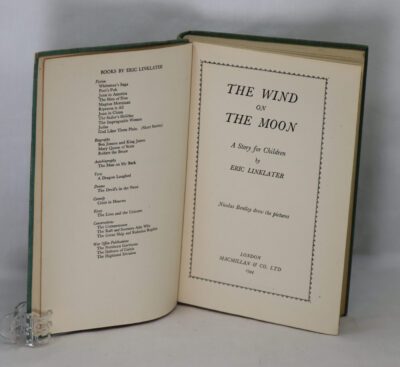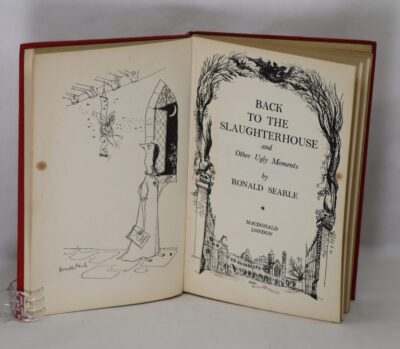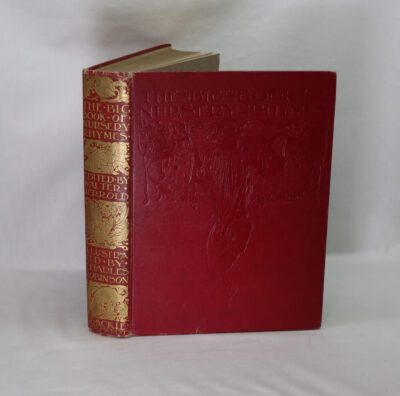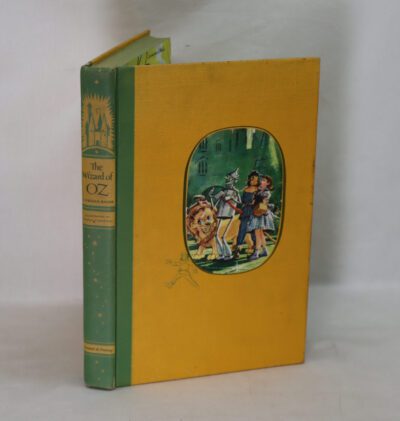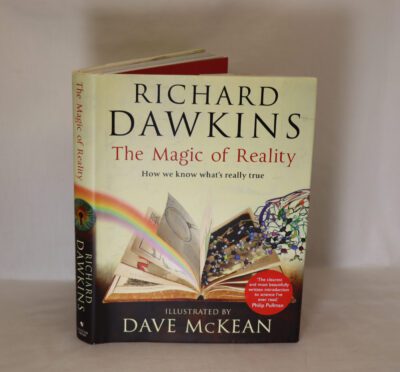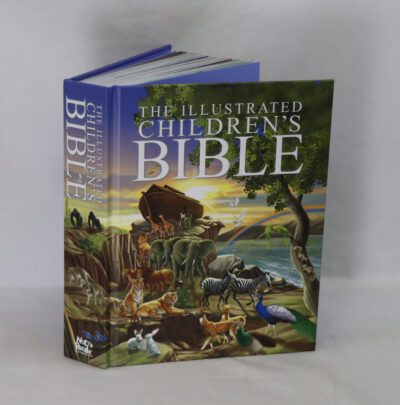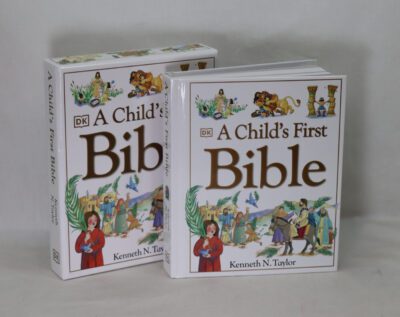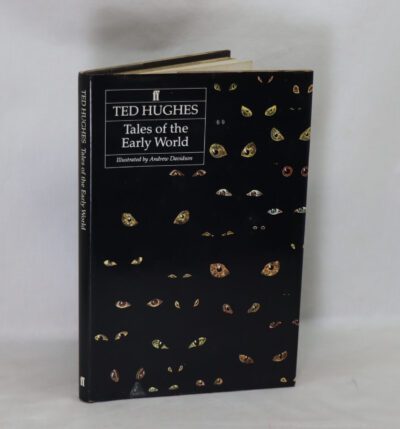Uncle Boo.
By Evelyn Everett-Green
Printed: Circa 1905
Publisher: Thomas Nelson & Sons. London
| Dimensions | 14 × 20 × 3 cm |
|---|---|
| Language |
Language: English
Size (cminches): 14 x 20 x 3
Condition: Very good (See explanation of ratings)
Your items
Item information
Description
Blue cloth binding with gilt title and black image of children, dogs and a man on the front board.
F.B.A. provides an in-depth photographic presentation of this item to stimulate your feel and touch. More traditional book descriptions are immediately available.
Evelyn Ward Everett-Green (17 November 1856 in London – 23 April 1932 in Funchal) was an English novelist who started with improving, pious stories for children, moved on to historical fiction for older girls, and then turned to adult romantic fiction. She wrote about 350 books, more than 200 of them under her own name, and others using the pseudonyms H. F. E., Cecil Adair, E. Ward and Evelyn Dare.
In 1880 Tom Tempest’s Victory became her first published work, under the pseudonym H. F. E. Though it was soon followed by other works, she found writing at home difficult and town winters unhealthy for her. In 1881 she was still living in Gower Street with her family, but in 1883 she moved outside London with Catherine Mainwaring Sladen. In the 1890s and early 1900s they had homes in Albury, Surrey. At the time of the 1891 England Census, however, she and Catherine were currently visiting her family at Gower Street.
While in Albury, Everett-Green wrote numerous historical novels and somewhat fewer moral tales for the Religious Tract Society. Her novel about Joan of Arc entitled Called of Her Country (1903), later republished as A Heroine of France, presents Joan as a feminine “Angelic Maid” in white armour, whose inspiring adventures were undertaken in a dutiful spirit. Many of her works have been dismissed by critics as apologies for an oppressive order. The girls’ historical romance genre is viewed by such critics as a validation of “traditional”, restrictive, domestic-oriented versions of femininity by showing they had long-established historical precedents.
Much of Everett-Green’s fiction and non-fiction was meant for girls, but she also wrote boys’ adventure stories such as A Gordon Highlander (1901). Many of her books followed values and themes learnt during her Methodist upbringing. These are clearest in her books targeting children in general. She soon turned to novels for slightly older girls, the genre she is best remembered for. They generally followed development in a household from childhood to adulthood. Careers for women were mentioned without disapproval, but the endings invariably featured marriage for the female heroines. Contemporary critics, such as one from the Chicago Daily Tribune, said the works were written with “obvious good intention”, but the “day of the weepy, fainting, blue-eyed… heroine has vanished.” Between 1890 and 1909 she wrote about 50 historical tales before moving to Madeira.
Thereafter she wrote romantic novels for adults, often under the pseudonym Cecil Adair. According to a modern critic, “Family sagas or romances with a historical adventure setting were her speciality.” Contemporary readers enjoyed these for their chaste sensationalism and they had considerable success. She occasionally collaborated with fellow authors Louisa Bedford and Emma and Beatrice Marshall.
Evelyn’s works were some of the most popular of her generation. She was one of the bestselling authors with her publisher, Stanley Paul. However, while popular enough to bring in adequate income, they lack real distinction and are now generally read for the light they shed on social backgrounds.
Want to know more about this item?
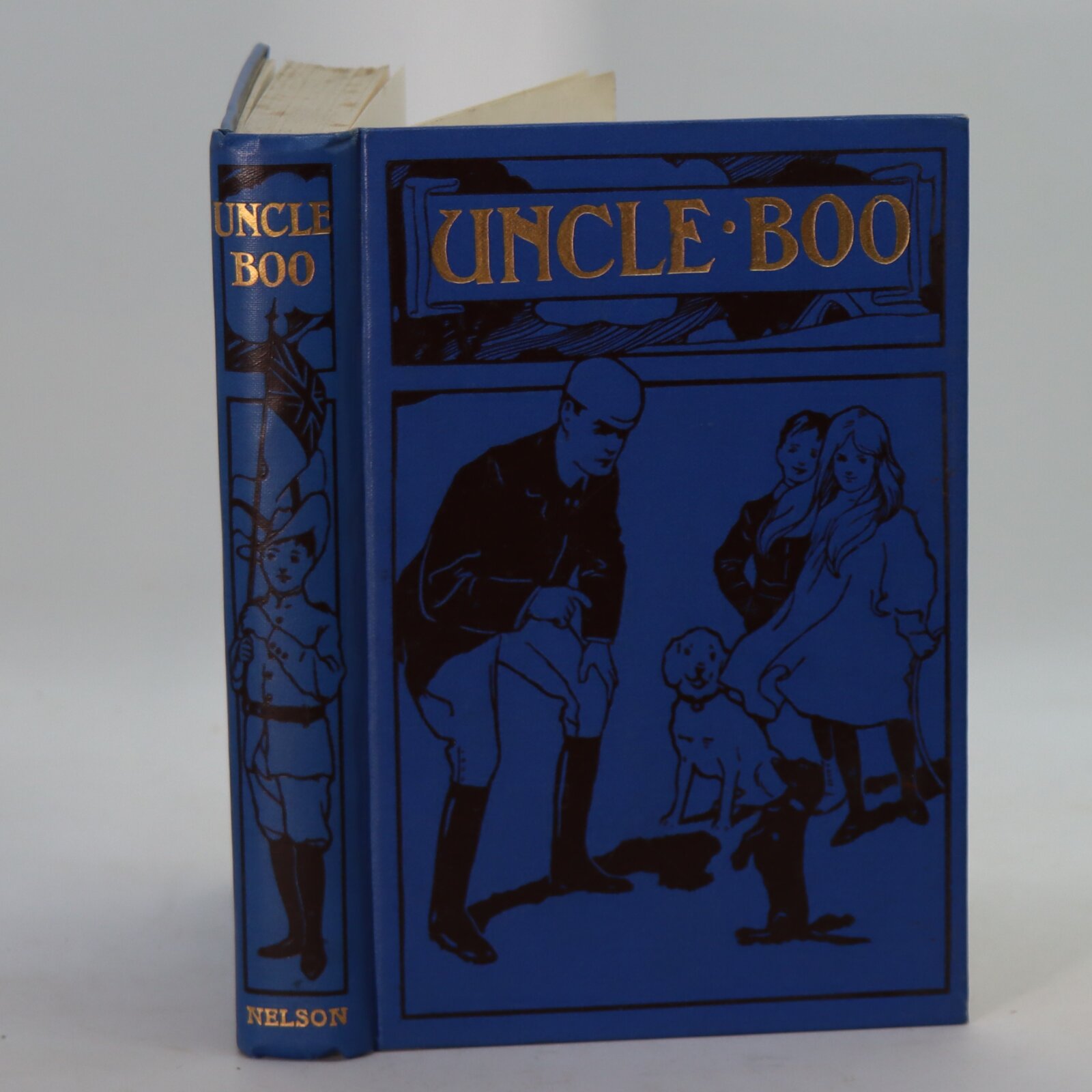
Related products
Share this Page with a friend

